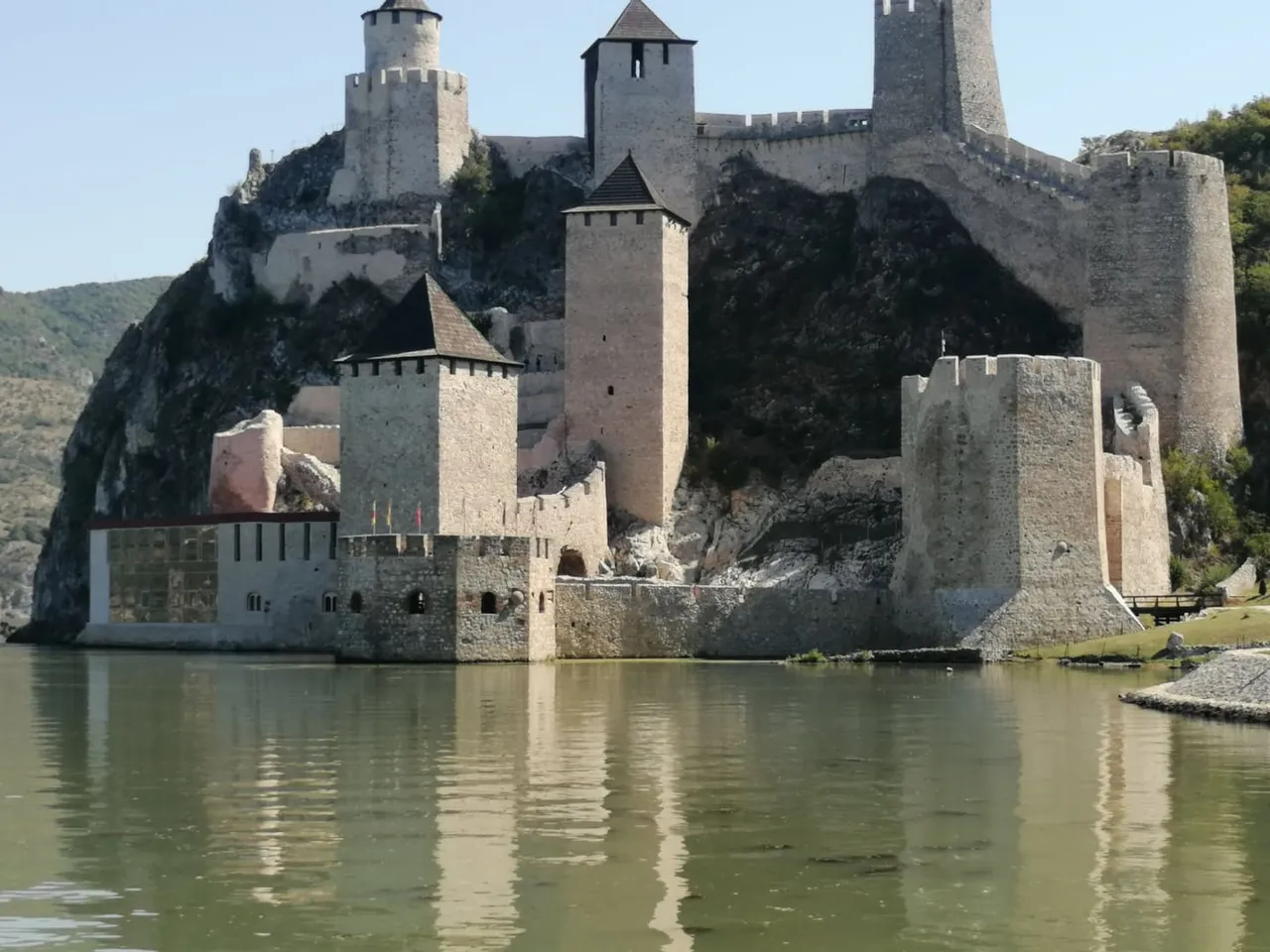
1335 - 1382
TIME OF ORIGIN AND THE FIRST MASTERS
There is no closer information about who (Hungarians or Serbs) and when exactly built the Golubac Fortress. It is first mentioned in written sources in 1335, in the Hungarian charter from 1337, which states that the landowner Nikola Banfi, when the charter was issued, stayed in Golubac, a fortress with a Hungarian military crew, in 1335. The fortress was certainly founded before, but it is not known whether it was before or during the enmity between Hungary and Serbia, which arose after the death of King Dragutin, and during which the Golubac fortress was mentioned for the first time. Until the time after the collapse of Dusan's empire, Golubac, according to historical sources, did not change its status and remained in the possession of Hungary.
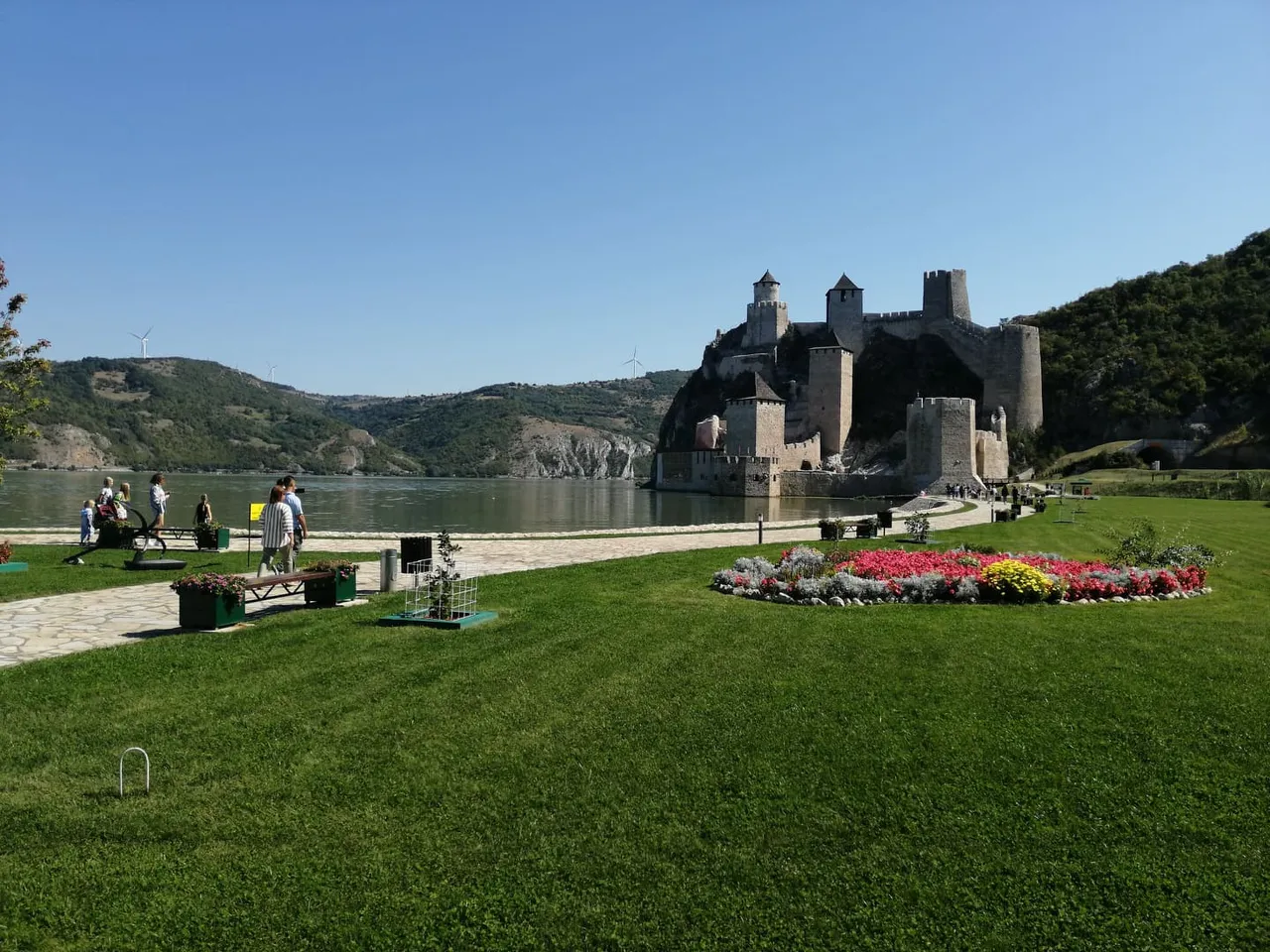

1382 - 1389
PRINCE LAZARUS ATTACKS GOLUBAC
After the death of the Hungarian king Louis, who held Macva, Belgrade and Golubac, in 1382, Prince Lazar also attacked Golubac, but the exact outcome of the siege is not known. Lazar fortified himself on the right bank of the Danube and the Sava, but sources do not mention his capture of the Fortress. In the same year, he refused to be a Hungarian vassal and still supported the opponents of Sigismund of Luxembourg, the son-in-law of the Hungarian king and heir to the throne. Because of that, Sigismund went to war against Lazarus in February 1389, but they made a truce. Lazar renewed his contract with Sigismund by accepting vassal relations from the time of Louis, while Golubac remained under Hungarian rule. With the coming to power of Princess Milica after the Battle of Kosovo and Lazar's death, it seems that there is a change of attitude, because Zigmund characterized the Serbs as rebels by organizing attacks across the Danube, and the status of Golubac remains unknown.

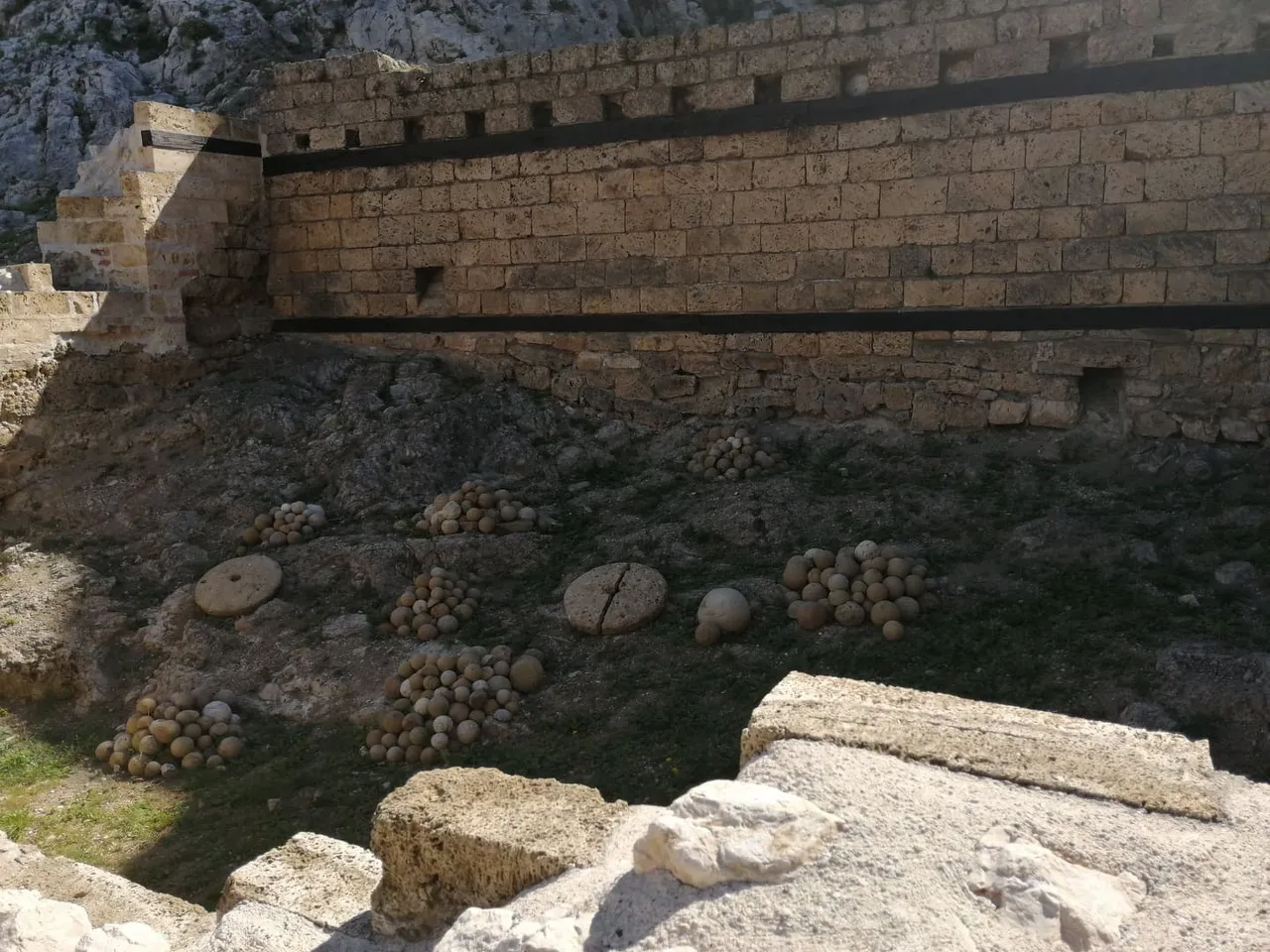
1390 - 1392
FIRST OTTOMAN AUTHORITY
Most probably around 1390, Golubac fell under Ottoman rule for the first time by Bayezid I. The following year, the Hungarian king Sigismund began attacks. The much superior Hungarian army under the command of the famous Timisoara ban Petar Perenji forced the Ottomans to leave the Fortress for a short time, chasing them to the Moravian valley. In 1392, in a new attack on the territory of Braničevo, King Sigismund of Hungary managed to cross the Danube near Kovin and penetrate all the way to Ždrelo, suppressing the strong sultan's army and besieging Golubac several times.
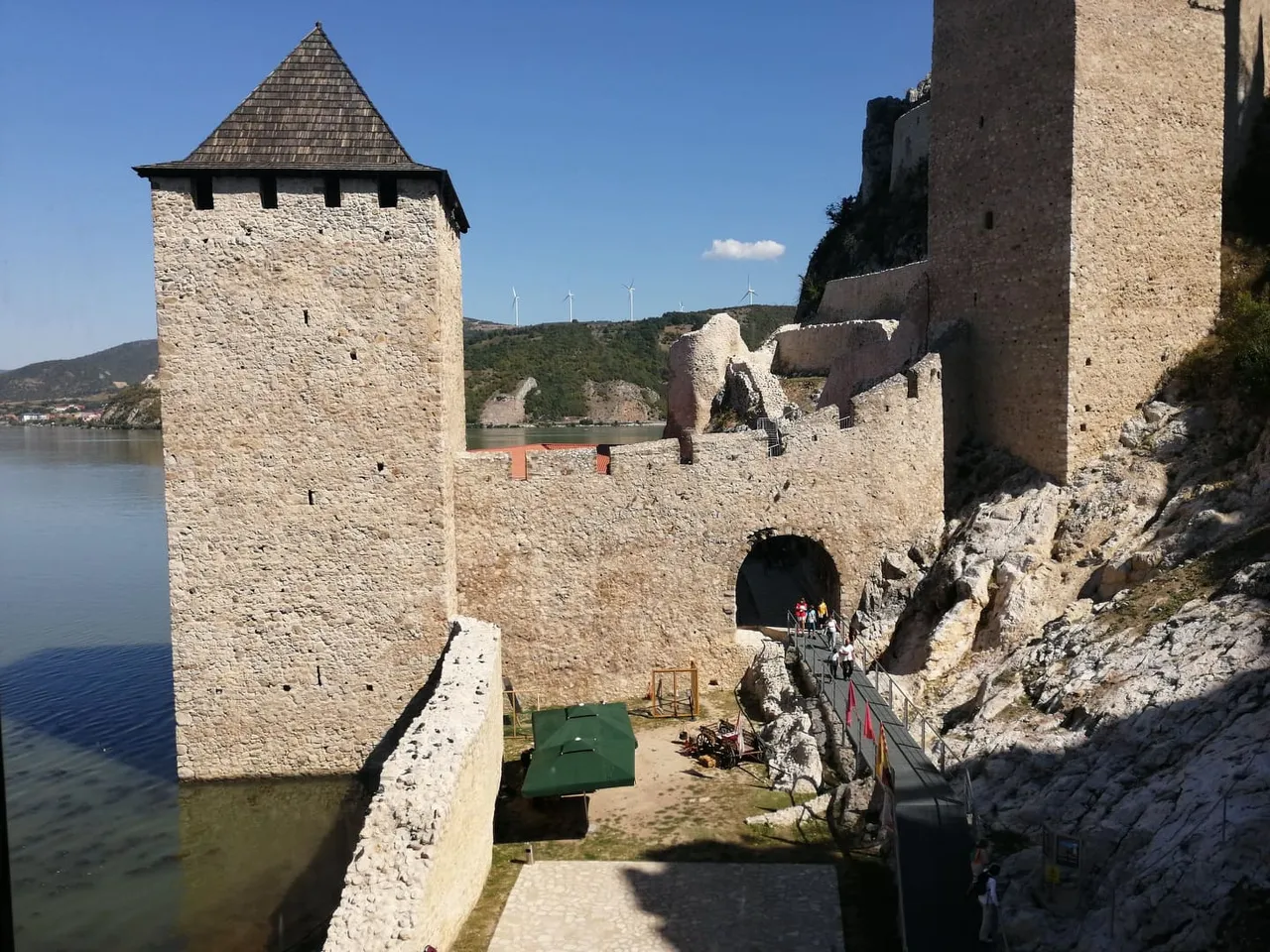
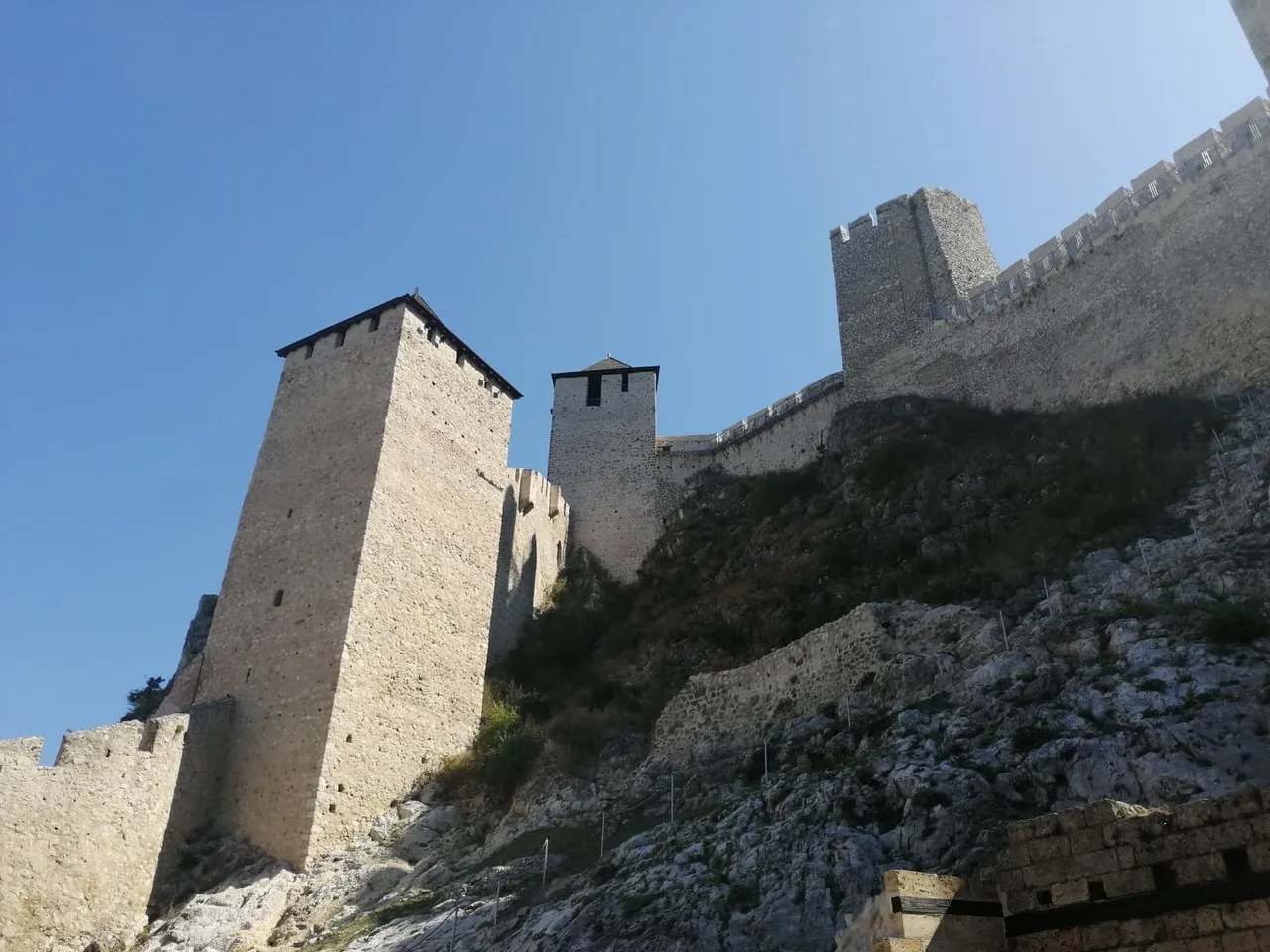
1402 - 1428
TIME OF SERBIAN AUTHORITY
Due to the difficult situation in which the Serbian country found itself after the Battle of Kosovo, despot Stefan Lazarević (1389-1427), son and heir of Prince Lazar, was forced to accept a vassal relationship with the Ottomans, fighting for Sultan Bajazit. After the great Ottoman defeat at Angora in 1402, the struggle for the throne began in the Ottoman Empire. The changed political circumstances and common interests led to the rapprochement of despot Stefan and the Hungarian king Sigismund. At the same time, the despot became a Hungarian vassal, and as a sign of good relations, he received Macva, Belgrade and Golubac from Sigismund. The Golubac fortress belonged to the Despotate between 1402 and 1410. Stefan renovated and expanded it, building the entire outer fortification, and a palace in the coastal area. Constantine the Philosopher, Despot's biographer, writes that Stephen, on his return from Constantinople in 1410, where he took part in the battle between Bayezid's sons, moved to his town of Golubac, and that some time later, after losing the battle of Edirne, Despot's ally Musa fled to Golubac. According to the contract concluded in Tata in 1426, since Stefan had no children, his heir, Đurađ Branković, was obliged to return the acquired possessions to the Hungarian king in exchange for recognizing Đurađ as heir.
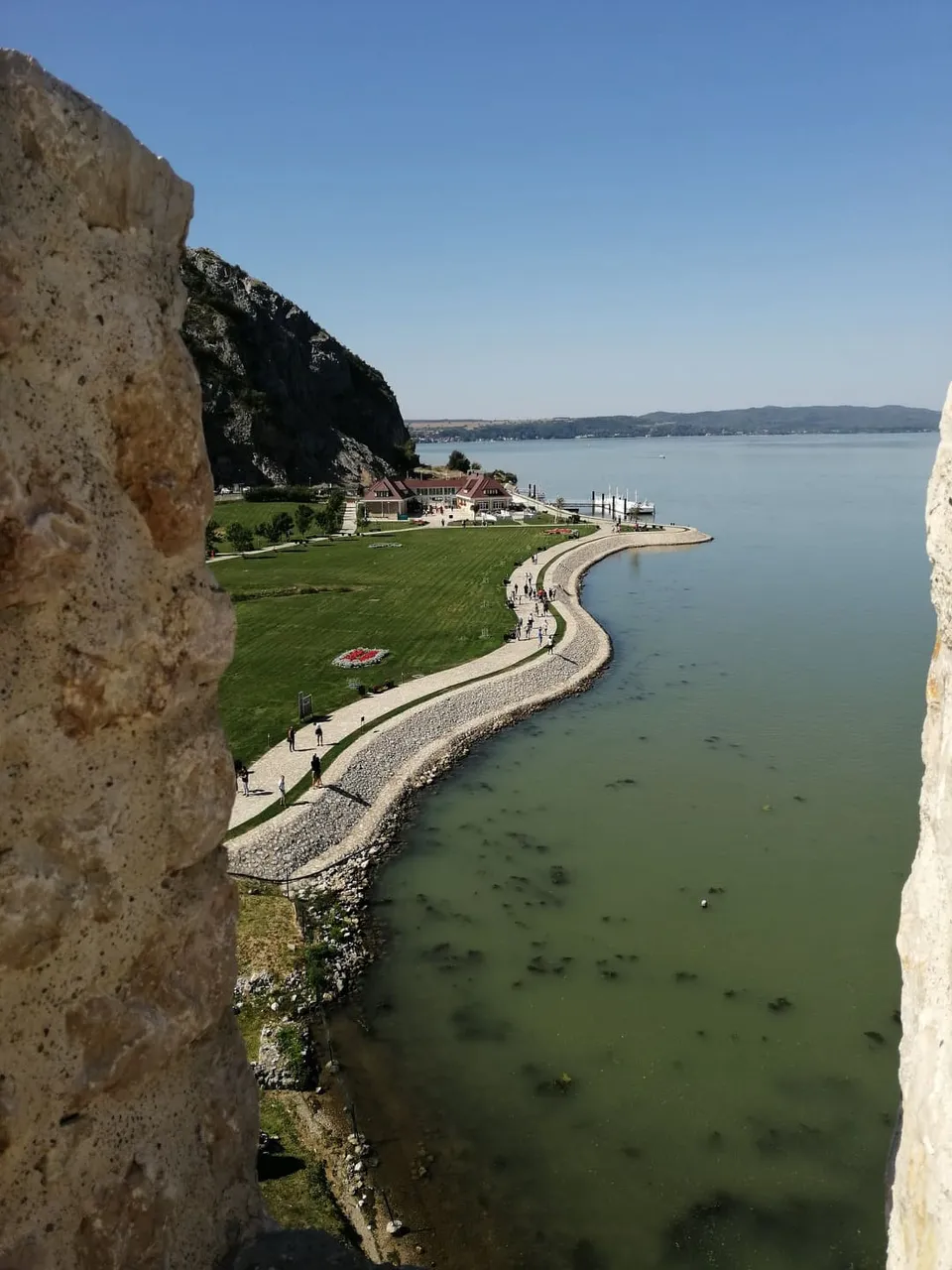

1428
THE BIGGEST BATTLE FOR THE DOVE
Despot Stefan Lazarević died in 1427. Based on the agreement in Tata, Zigmund immediately asked for his territories back, and in October 1427, Djuradj Brankovic returned Belgrade. The commander of Golubac, Duke Jeremiah, refused to hand over the Golubac fortification, asking for a sum of 12,000 ducats, because he allegedly gave that much to despot Stefan to keep the city. He allegedly submitted a document about this, but Sigismund disputed the accuracy of the document and the seal, which is why Jeremiah sold the Fortress to the Ottomans. Realizing that he had a dangerous enemy on his doorstep, the Hungarian king built the Laslovar fortress on the opposite bank of the Danube in the same year, from where in April 1428, with a large fleet and an army of 30,000 men, he besieged the Golubac fortress. The news of the arrival of an additional Ottoman army disrupted Sigismund's successful start of the siege. The Hungarian king made a truce, but the Ottomans attacked his troops during the retreat. In the ensuing commotion, Sigismund barely escaped. The Hungarian lords, the married couple Rozgonji, transferred him to Laslovar, while the Polish knight Zawisza Crni protected the king's apostasy, experiencing severe suffering. After the battle, the Golubac fortress remained under the Ottomans, who turned it into a base for the Ottoman river flotilla equipped with a hundred ships.
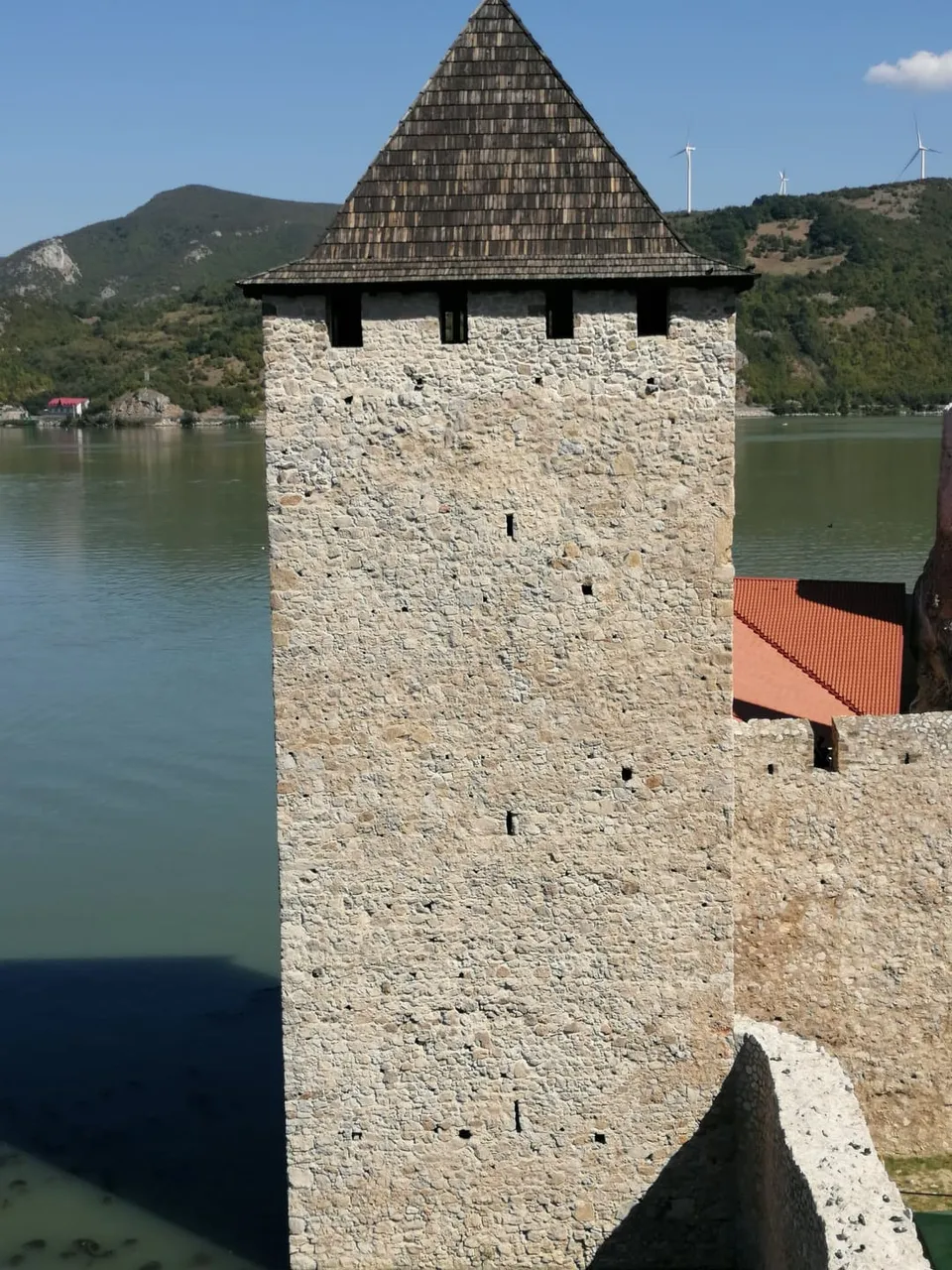
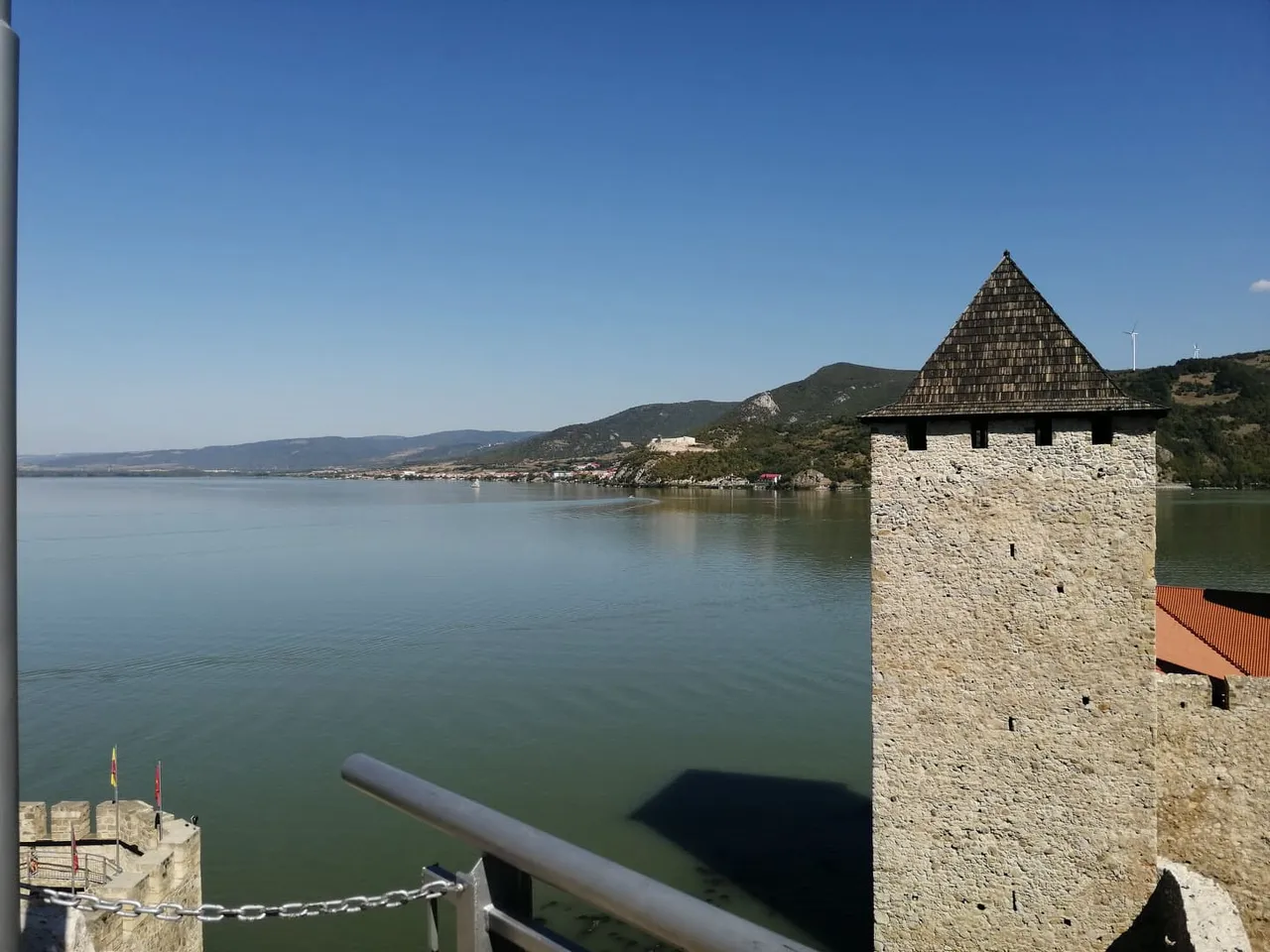
1428 - 1444
ATTEMPTS OF UGARA TO RETURN THE FORTRESS
Sigismund did not reconcile with the loss of the strategically important Golubac Fortress and continued to attack it until his death. Written sources mention that Golubac was killed in 1432 during the Ottoman interventions in Wallachia against Duke Vlado Dracula, together with a large number of cities on the Danube where Sigismund colonized the Teutonic Knights. In 1437, Sigismund again set out on a campaign against the Ottomans, intending to capture Golubac. He gathered a large army under the command of Jovan Marcali, one of the best military leaders at the time, and crossed the Danube near Požežana. From here, one part of the army went to Kruševac in order to destroy the Ottoman ships on the Morava, and the other part of the army, under the command of the northern ban Franko Talovac, went to Golubac. In these battles, the Hungarian army devastated and set fire to the Kruševac and Golubac region, but by 1439, the Ottomans still managed to capture the entire Despotate.
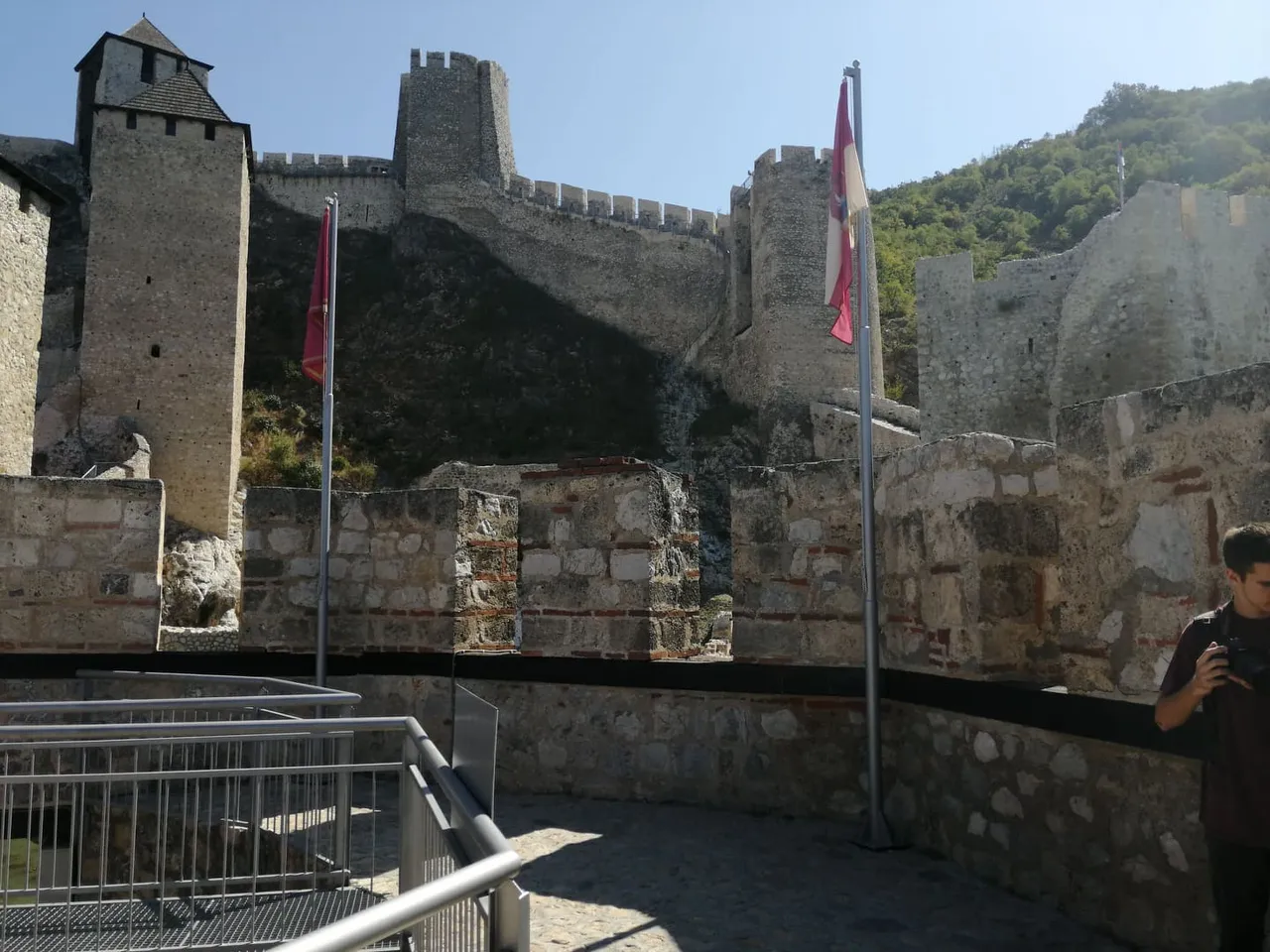
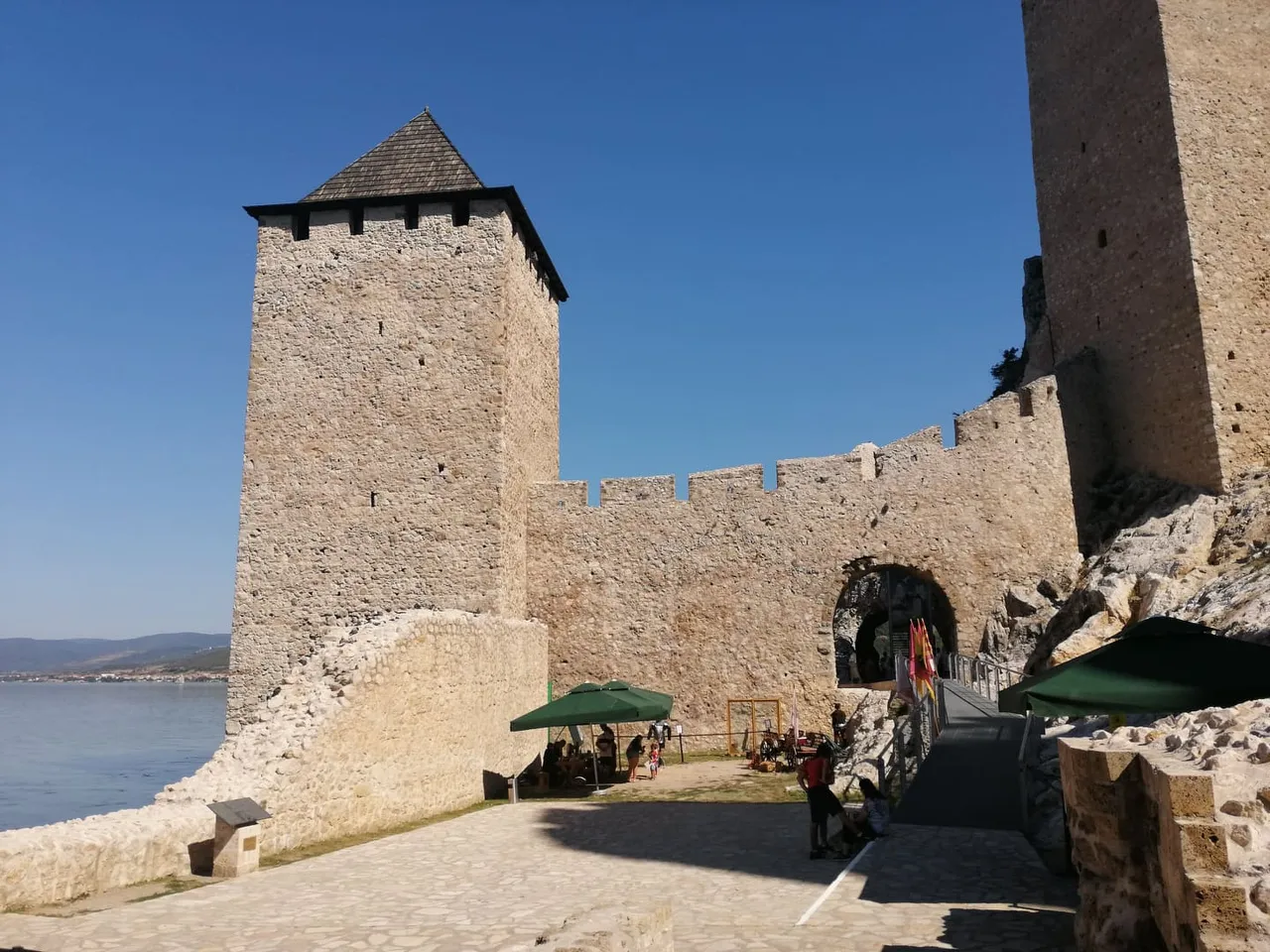
1444 - 1458
ĐURAĐ RETURNS GOLUBAČKA FORTRESS TO DESPOTOVINA
After a period of calm, Golubac reappeared during negotiations in Edirne between Sultan Murat II on the one hand and Polish-Hungarian King Vladislav Jagelovic, Djurdj Brankovic and military leader Janko Hunyadi on the other. The conditions for concluding peace were to renew the Serbian despotate, to return the sons from captivity to the Despot and to return the cities to him, including Golubac. The Ottomans suffered a huge defeat in 1443, so the sultan relented and agreed to the terms of the treaty, although the biggest dispute was caused by the return of Golubac. By the Peace of Szeged in 1444, Golubac and twenty other towns were given to the despot Đurđe Branković. As early as 1454, Mehmed II requested in a letter that Smederevo and Golubac be returned to him. In the meantime, the despot died, and his successor, despot Lazar Đurđević, made a truce with the Ottomans, and Golubac remained a Serbian fortress until 1458.
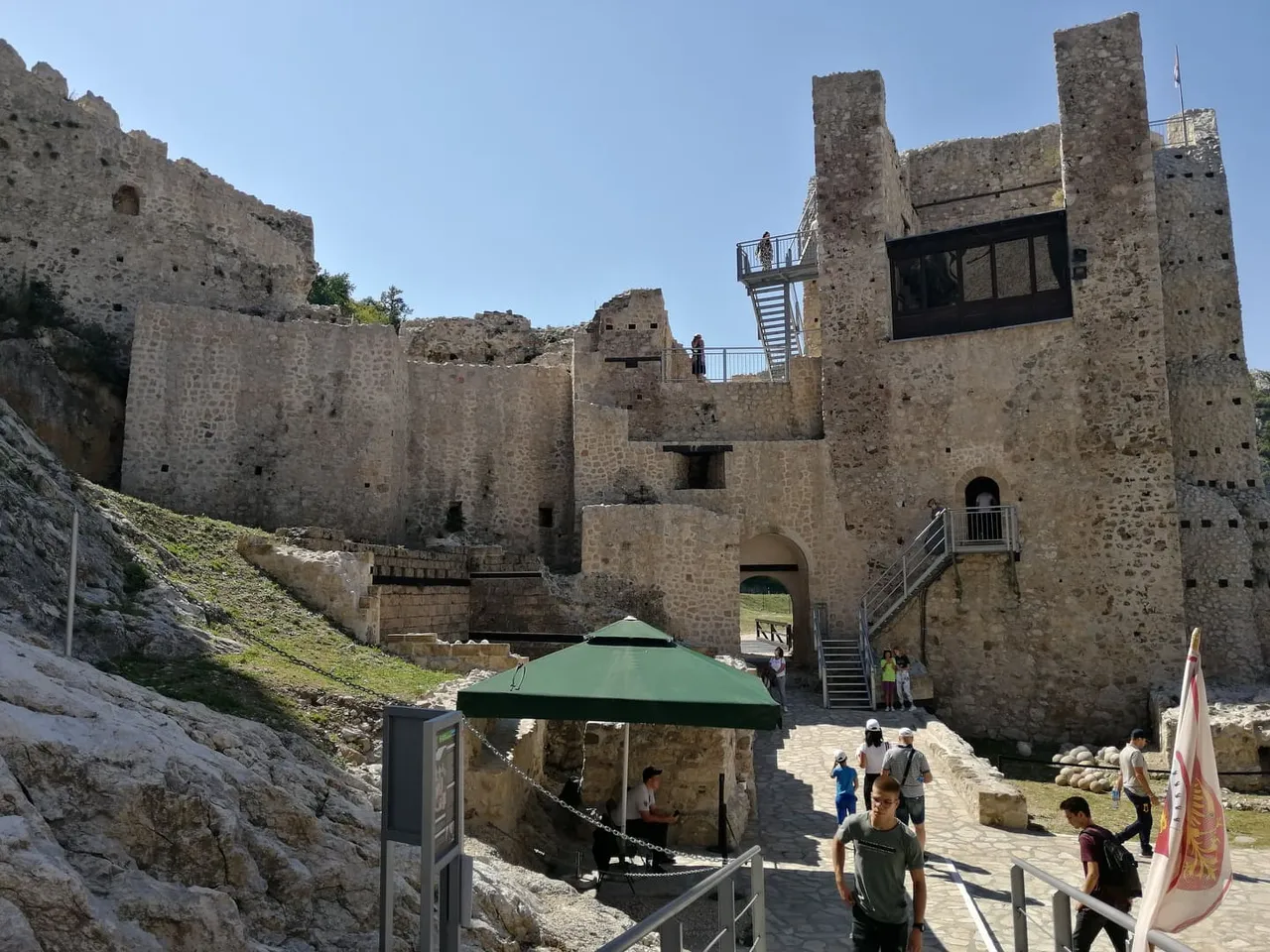
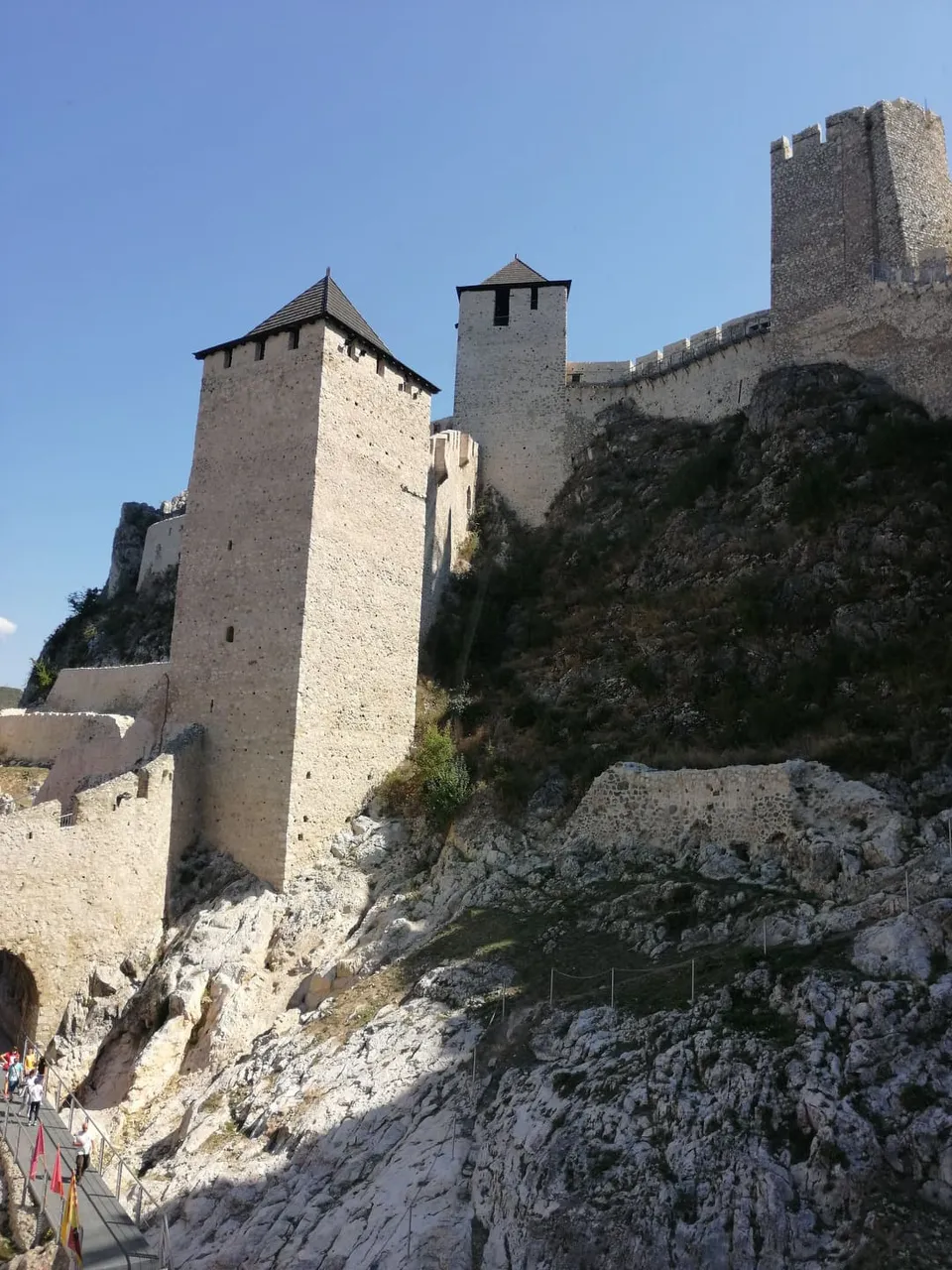
1458
THE FALL OF GOLUPCA
The final fall of Golubac under the Ottoman rule of Mehmed II took place in August 1458, a year before the fall of Smederevo and the Despotate. As Dursun Bey, a Turkish historian from the end of the 15th century and the beginning of the 16th century, writes, Kodza Mahmud Pasha Andjelovic, the Grand Vizier of the Ottoman Empire, prepared a cunning plan in addition to the measures needed for the siege of the city. He managed to bribe the pigeon crew with rich gifts and promises to grant timars (possessions) if they surrendered the fortress. Only the commander of the city remained incorruptible. After the holiday service, the Ottoman army crossed the road in one night, which is crossed in two days, and arrived under the walls of Golubac at dawn. All the city crew surrendered except the castellan who locked himself in the tower. As it was under siege, the castellan lowered the bucket to fetch drinking water from the Danube, but the ships that were ambushed under the city walls broke the chain each time. In the end, exhausted by thirst, the city commander had to surrender.
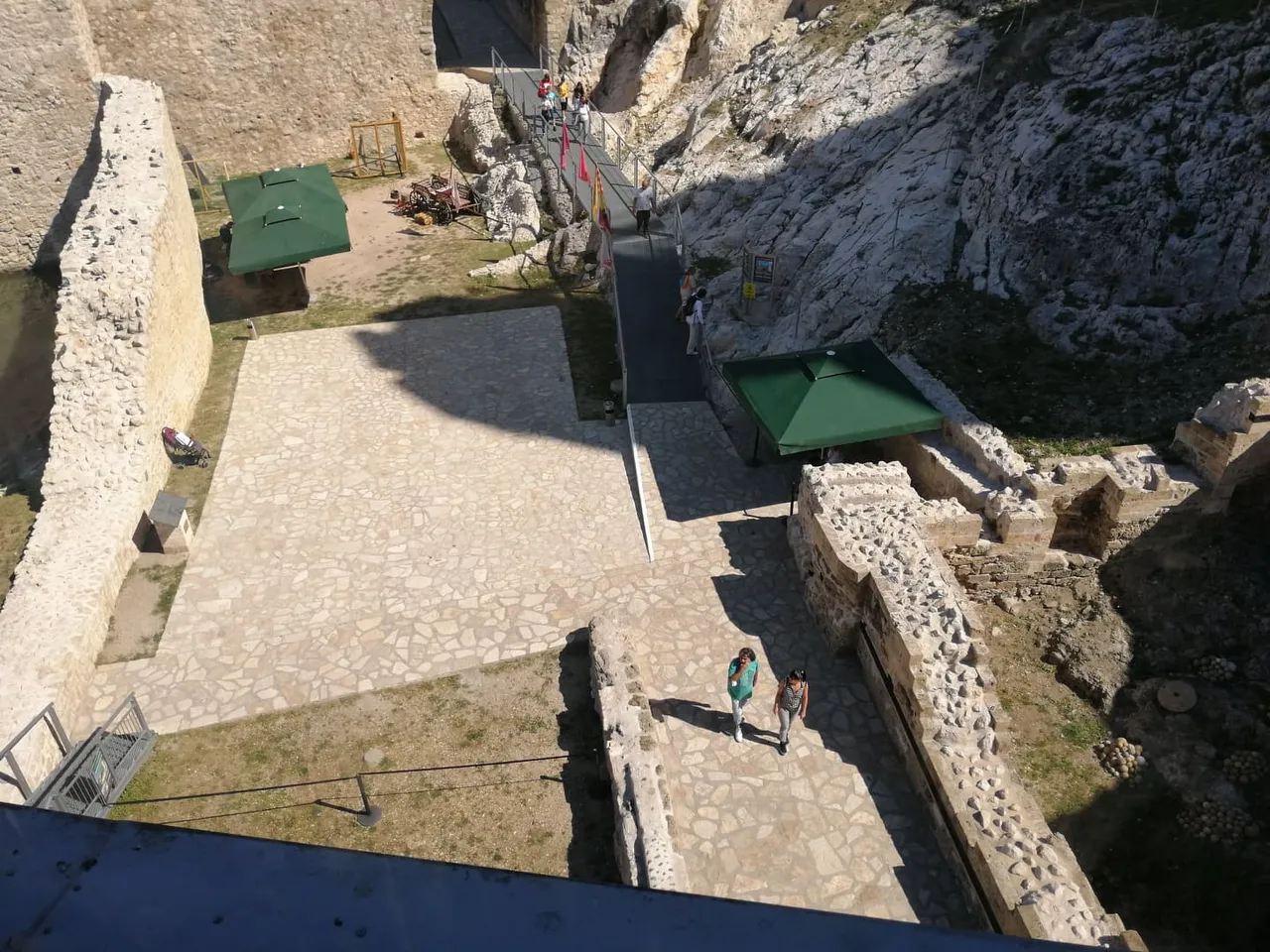
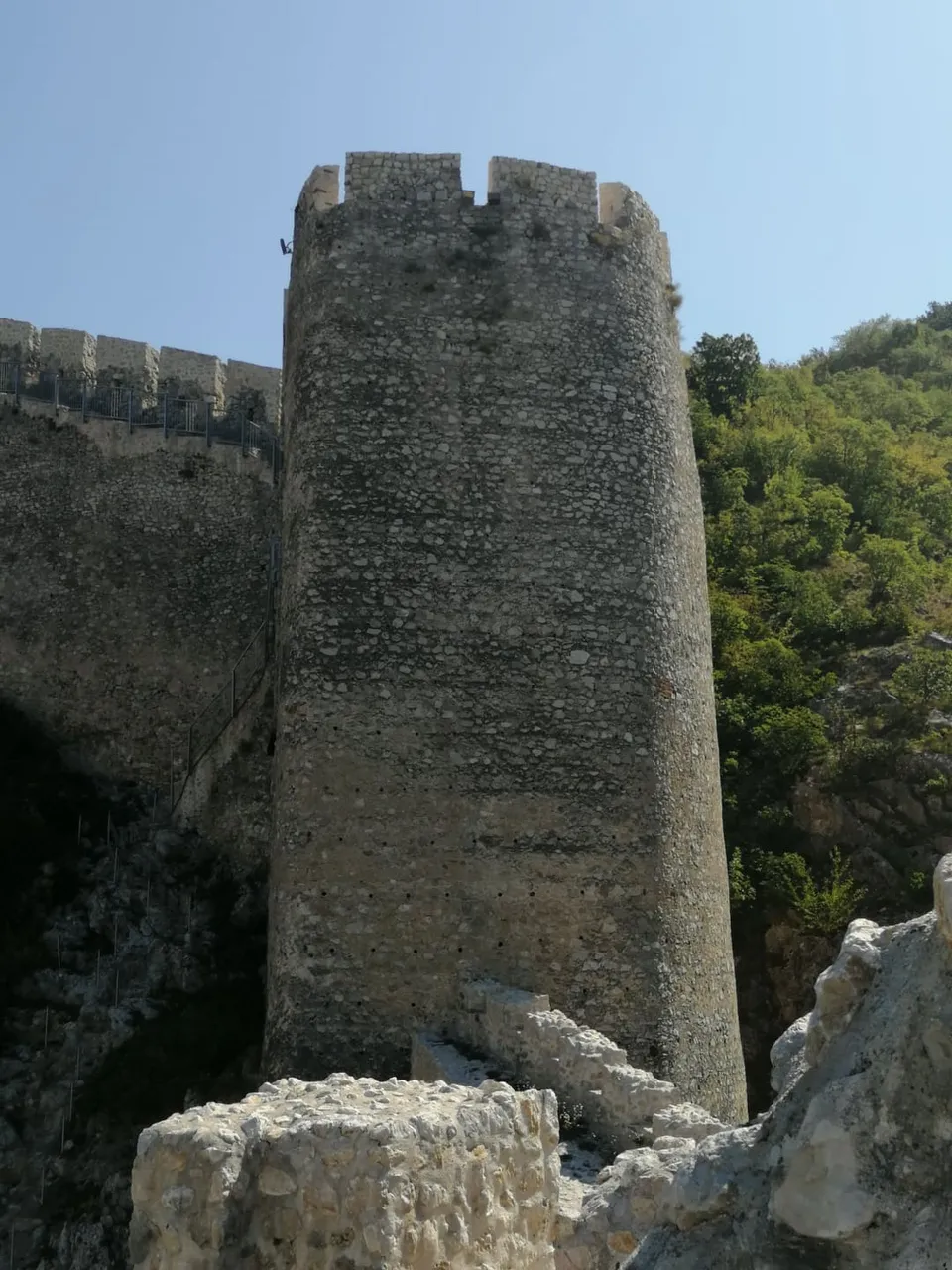
1458 - 1481
LAST ACTION
After the fall of the Despotate, the Golubac Fortress often served as a base for the Ottoman army to invade Hungarian territory, which led to frequent border conflicts. In 1460, in Golubac, Ali-beg Mihaloglu, subashi of Golubac (the first Sandzak bey of Smederevo), was handed over to Mihalj Silađa, uncle, regent and military leader of the Hungarian king, who was later deported to Constantinople and executed. Golubac was last mentioned as a place of conflict in the great action of Matthias Corvinus, the Hungarian king, against the Ottomans in 1481. great, famous for Golubac). After the victory over the Ottoman flotilla and the Smederevo Sandzakbeg Skender, the Hungarian-Serbian army crossed the Danube. A detachment under the command of Jovan Jaksic, came across the Golubac commander of the city with 1000 cavalry and chasing him to Golubac, stormed the city and cut it in front of the city gate.
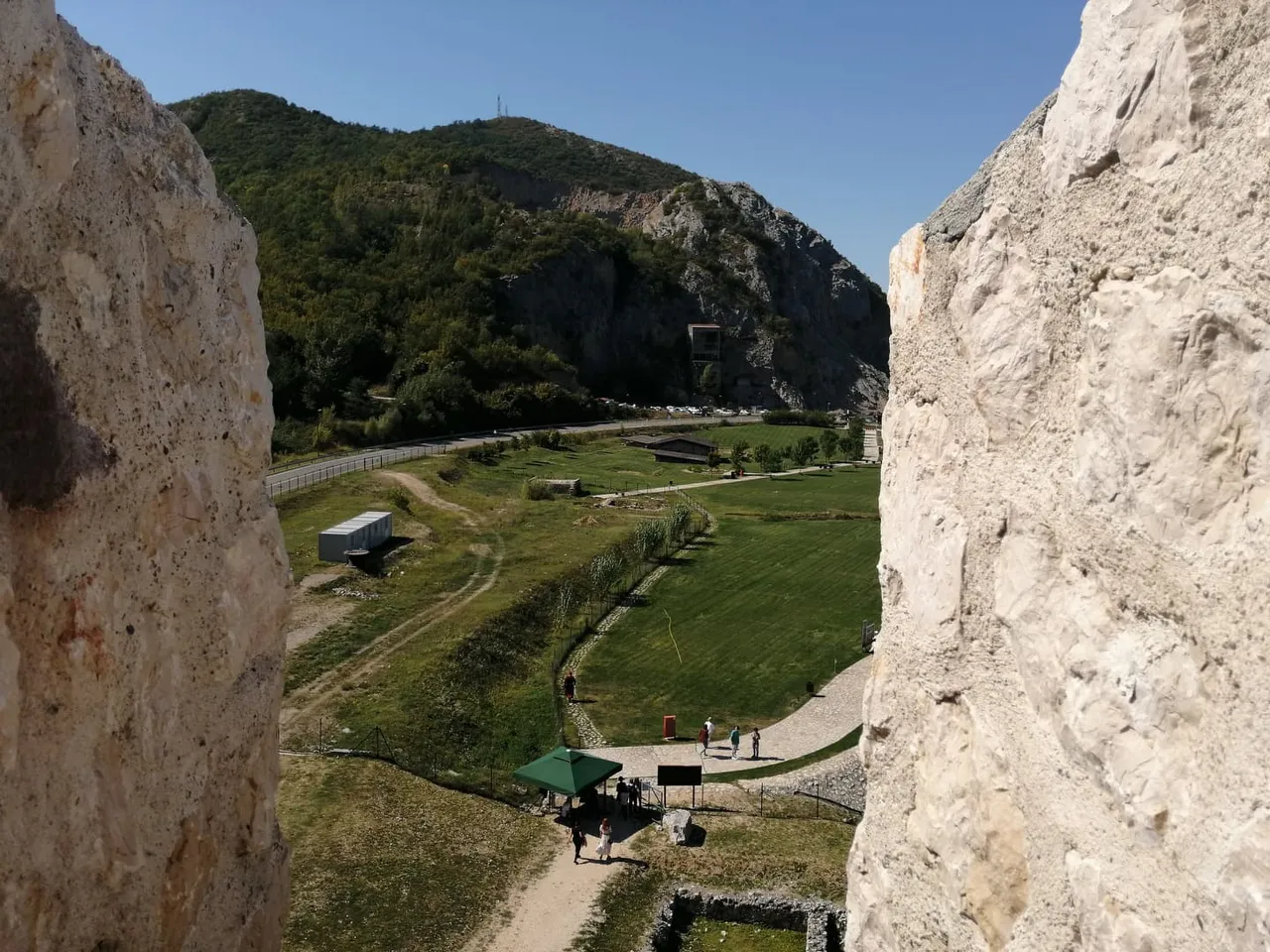
1503 - 1817
XVI - XIX CENTURY
The fate of the city was finally determined by the Hungarian-Turkish peace treaty of 1503 and 1519, according to which Golubac remained under Ottoman rule. The borders of the Turkish Empire then move to the north, and the Golubac Fortress as a border town loses its significance. It was in Ottoman possession until 1683, and then it was occupied by the Austrian Emperor Leopold I until 1690, when it was ceded to the Hungarians. By the Peace of Požarevac in 1718, it was reassigned to the Ottomans and remained under their rule until the First Serbian Uprising, when it became a Serbian city. By suffocating the First Serbian Uprising, it returned to Ottoman hands. It has been under Serbian rule again since the Second Serbian Uprising.
